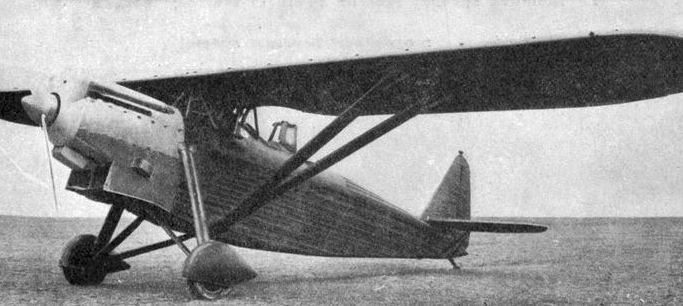Potez 39 (Reconnaissance aircraft)
Enlarge text Shrink text- Work cat: Fernandez, J. Breguet 27, Potez 39, Mureaux 115/117, 2014.
- Wikipedia, Apr. 29, 2014(The Potez 39 was a French two-seat single-engined parasol wing monoplane reconnaissance and observation aircraft of the 1930s)
- Virtual Aircraft Museum website, Apr. 29, 2014:under Potez 37/39/390, 1930 (the Potez 37 and Potez 39 appeared in 1930; both were two-seat braced parasol-wing monoplanes of all-metal construction; the Potez 37 was rejected for production, but the Potez 39 showed great promise and was adopted by the Armee de I'Air)
The Potez 39 was a twin-seat single-engined parasol wing monoplane aerial reconnaissance and observation aircraft designed and produced by the French aircraft manufacturer Potez. It was the company's first all-metal aircraft. It was developed in response to a specification released in 1928 for a new reconnaissance aircraft to succeed the Potez 25 and Breguet 19. The design team performed a detailed study of both mixed-construction and metal-centric aircraft prior to designing the all-metal Potez 39; numerous prototype and derivative aircraft were conceived of by Potez, including that of a floatplane, however, besides the French Air Force, only Peru would opt to order the type. The new aircraft, which performed its maiden flight in January 1930, came as the runner up to the Breguet 27, but was still selected for production. While the Potez 39 was still in service with seven observation squadrons at the outbreak of the Second World War, the French Air Force elected to rapidly withdraw the type from frontline service and instead use it as a trainer aircraft up until the armistice of June 1940, after which point the remaining aircraft were scrapped.
Read more on Wikipedia >
 Topic
Topic






